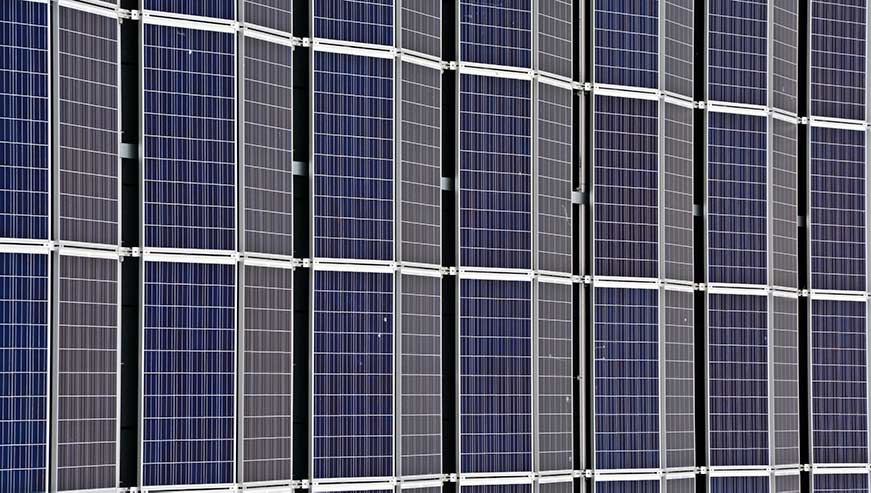

The Clean Energy Regulator has confirmed that Australia is on track to exceed the 20 per cent by 2020 renewable energy target, with large-scale renewable generation expected to double between 2018 and 2020.
In its 2018 administrative report, the Clean Energy Regulator has estimated that large-scale renewable energy generation will increase from its 2018 level of 22,000 gigawatt-hours to around 40,000 gigawatt-hours in 2020.
The Clean Energy Regulator also sees the market for large-scale renewable energy projects continuing to grow, even as the Renewable Energy Target reaches its peak in 2020 – a sign that the economics of renewables stack up even without additional revenues from renewable energy certificates.
“This suggests that 2018 was the year in which commercial factors became a stronger driver for ongoing investment in renewables than incentives coming from the Large-scale Renewable Energy Target,” the chair of the Clean Energy Regulator, David Parker said.
“Large-scale generation certificate prices fell significantly over this period as new generation came online and as the scale of the pipeline of new investment became clearer.”
The prices of large-scale generation certificates issued by the regulator for renewable energy generation fell from historical highs approaching $90 per MWh in early 2018, dipping below $40 per MWh by early 2019.
The data from the regulator highlights the recovery in renewable energy investment in Australia, following the industry coming to a stand-still under the hostile prime ministership of Tony Abbott.
In 2018, the regulator accredited 3,455MW of new large-scale renewable energy projects, which was almost triple the 1,113MW of new renewable energy generation accredited in 2017.
When combined with 1.5MW of small-scale solar PV installations, around 5GW of new renewable energy generation capacity was added in 2018.
The regulator sees this investment continuing to grow over the next few years, with a strong list of committed projects in the development pipeline, including the emergence of more large-scale energy storage projects.
“We are seeing a significant increase in batteries at all scales, and many planned pumped hydro projects and proposed investments in the grid infrastructure. These will need to come on line quickly and at scale to accommodate potential additions of variable renewable energy. This will be a watch point in the next few years,” Parker said.
“There is a strong pipeline of investment in the next year or so and the entry of new investors with strong balance sheets supports the view that there is an underlying strength to potential investment.”
In the rooftop solar market, the regulator has observed a significant shift towards larger-sized rooftop solar installations, suggesting both households and businesses are taking advantage of continued falls in rooftop solar prices to purchase larger systems.
The regulator has also seen a rapid increase in the number of schools and university campuses installing rooftop solar systems, including many schools becoming accredited as power stations under in the large-scale renewable energy target by installing rooftop solar systems larger than 100kW.
The regulator also confirmed the results of its ongoing rooftop solar inspection program. The regulator inspected a total of 3,678 rooftop solar systems in 2018, with just 80 systems (2.2%) being found to have been installed in an unsafe manner, promoting the regulator to disconnect the systems and seeking the systems to be remedied by the installer.
Renew Economy has launched a new green energy calendar for Australia, to help keep the…
Danish wind energy giant adds a new project to its Australian pipeline, an up to…
Energy upgrade schemes could be adapted to provide a regulatory framework for a demand flexibility…
Australian coal port signs an agreement with Japanese industrial giant to advance its green hydrogen…
UK residents living close to new electricity pylons will get money off their energy bills…
Plans to build one of the world’s biggest wind and solar projects near the Nullarbor…